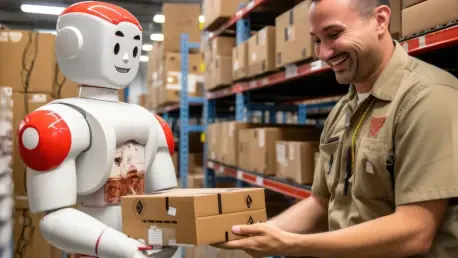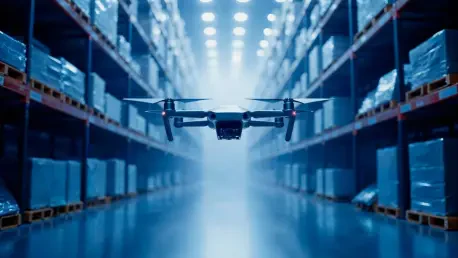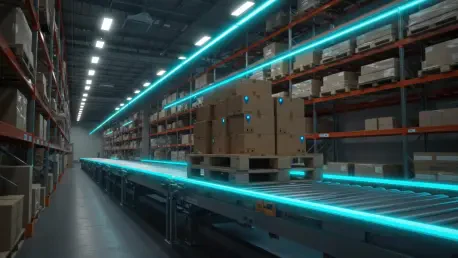The modern consumer's expectation for near-instant delivery has relentlessly reshaped logistics, pushing traditional warehouses to their breaking point. Warehouse automation has thus become a critical component for survival. This analysis charts the market's expansion, explores its key drivers,

The Newest Co-Worker in the Warehouse Walks on Two Legs The seemingly simple act of a package arriving at a doorstep masks an incredibly complex logistical ballet, one that increasingly strains the limits of human labor. As e-commerce giants grapple with persistent challenges in recruiting and

The relentless rhythm of packages moving through a logistics hub is about to encounter a significant technological shift, underscored by a major new investment from one of the industry's giants. United Parcel Service is committing $120 million to acquire approximately 400 truck-unloading robots, a

The intricate dance of machinery within a modern automotive factory represents a marvel of engineering, but it also presents immense challenges in safety, maintenance, and efficiency that can bring production to a grinding halt. In a significant move to address these complexities, Jaguar Land Rover

In the high-stakes world of American e-grocery, where multi-billion-dollar technology investments were once seen as the only path forward, Kroger's recent strategic pullback from its ambitious automation plans signals a seismic shift in the industry's digital transformation narrative. This move

The recent announcement of the annual Readers' Choice Awards for warehouse products provides a uniquely clear and compelling snapshot of an industry in the midst of a profound transformation, revealing where thousands of frontline professionals are focusing their attention and, more importantly,
1 2 3 4 5 6 7 8 9 10 11 12 13 14 15 16 17 18 19 20 21 22 23 24 25 26 27 28 29 30 31 32 33 34 35 36 37 38 39 40 41 42 43 44 45 46 47 48 49 50 51 52 53 54 55 56 57 58